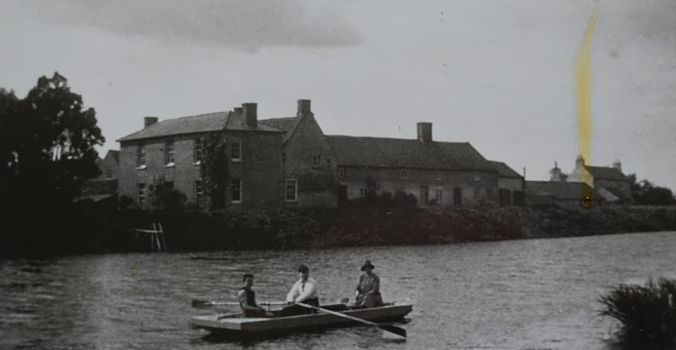Enid Porter’s love of all things to do with the Fens is well known and we are justly proud of the collection of objects you can see in our Fen room – the eel basket, the ice skates, as well as the weird and magical items of witchcraft. Less well known are the several volumes of biography she wrote and edited about the lives of Fen men Arthur Randall and W H Barrett. These have vivid accounts of both the harshness and pleasures of life in these remote locations.
We can now share with you another beautifully narrated story of life in the Fens – the autobiography of Levi Armsby, which his family have sent us. Ouse Bridge nr Ten Mile Bank nr Hilgay | Capturing Cambridge
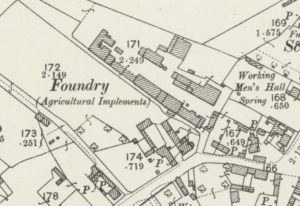
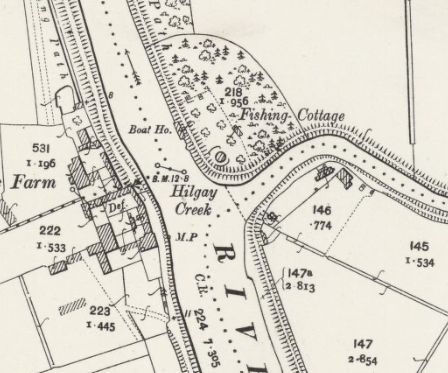
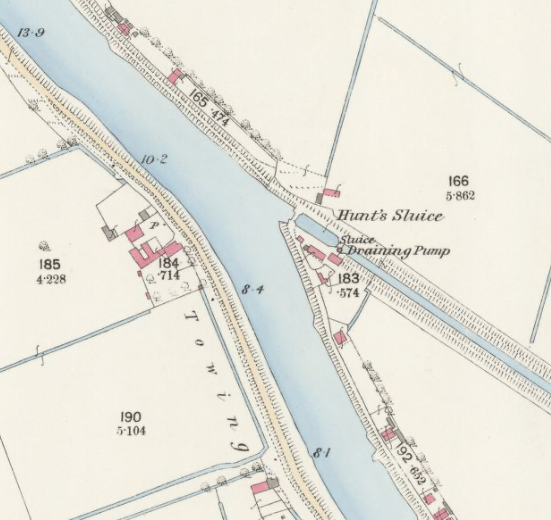
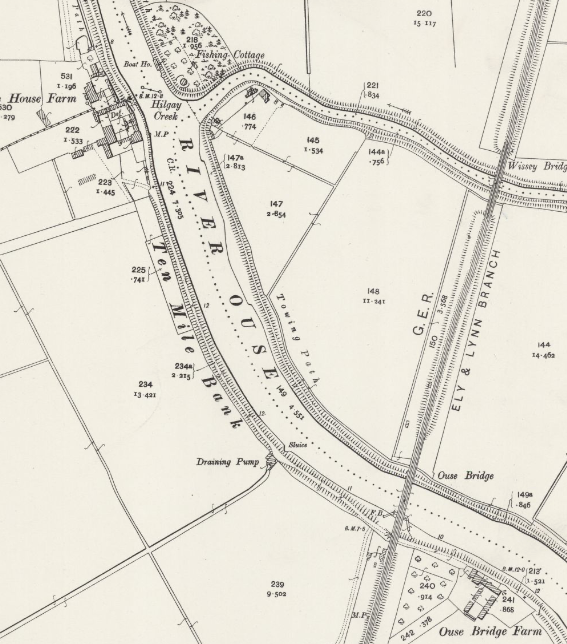
It depicts a very different world from today. Even the locations described in this story of childhood before the First World War are not easy to find now. I pored over old Ordnance Survey trying to locate the cottages described. I even drove to the banks of the Ouse River at Ten Mile Bank, just south of Downham Market, only to discover that virtually all signs above ground of the community that used to live along the rive bank have disappeared. I chatted to locals who confirmed that I was in the right place, but if I wanted to get to Levi’s childhood homes I would probably have to get a boat nowadays!
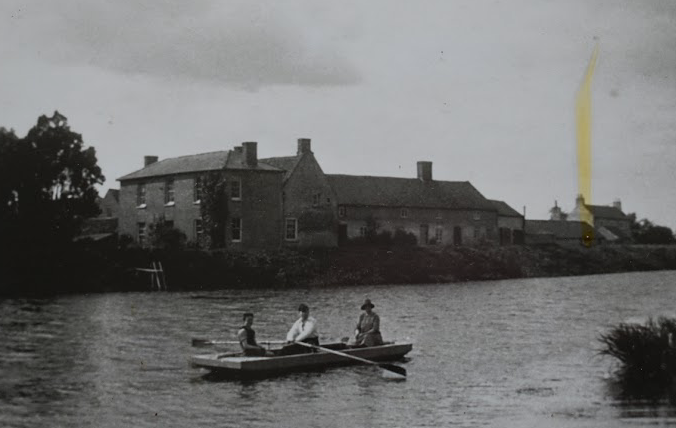
Levi describes all these river bank inhabitants – the mole catcher, the boot repairer, the man whose wife would periodically get fed up with him and went to stay with her sister who ran the local pub. There was always agricultural work to be done – growing celery, thatching barns. Levi recalls his teachers and the songs he sang at school; he tells us anecdotes about the locals such as the butcher from Hilgay who had to carry his meat on a board across his shoulders to reach the cottages on the river bank.
A major event was the building of the railway bridge over the River Ouse about the time of Levi’s birth in 1903. His father had been one of the labourers and it was significant because the bridge actually gave a name to their scattered community for the first time. When the bridge was built the local farmers insisted on a tunnel which would give them access under the track to their farms, a tunnel still in use today.
It was a watery world controlled by drainage and in particular the Denver Sluice gates, just a mile or so away. The levels of the rivers and dykes could change dramatically as a result creating at times large areas of mud. Along these waterways moved barges and it was for this reason that several river bank pubs existed. Long gone now, they provided places for the bargees to stay and refresh themselves.
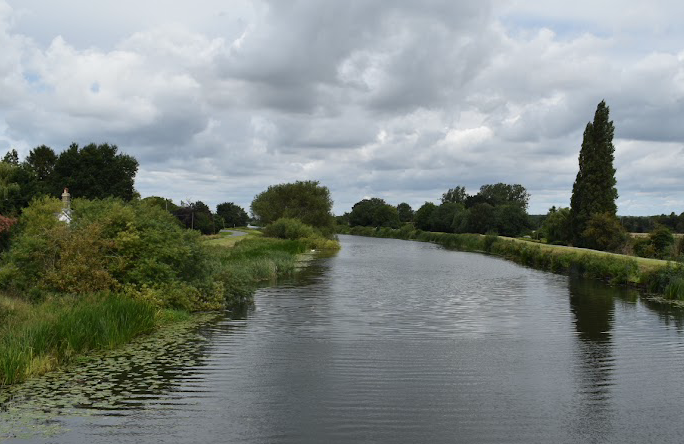
Levi was too young to serve during World War One, but he knew of many who did. He benefitted from the big demand for agricultural labourers including work on one of Fred Hiam’s farms. Hiam used to live in Raylands on Hills Road, a house recently demolished and was knighted in 1924 for his services to food supply during the war. 291 Hills Road, Raylands | Capturing Cambridge
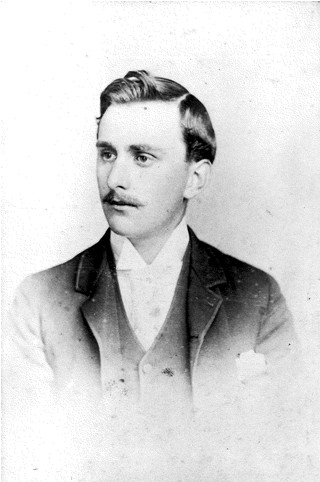
The first volume of Levi’s diary ends at this point. Two more volumes which will share with you in due course will follow his career in the army, then in the police force and his life in Ely.
